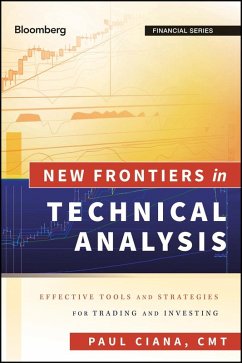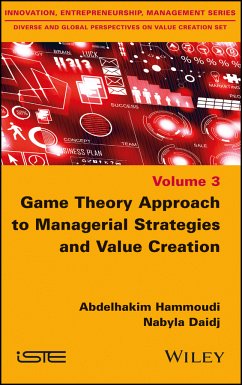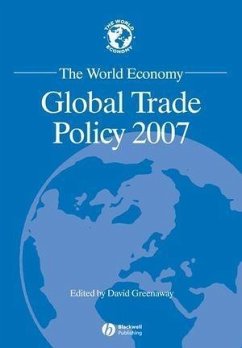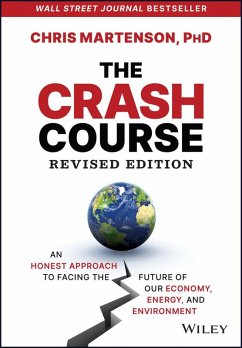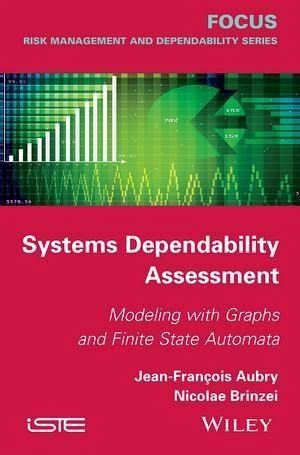
Systems Dependability Assessment (eBook, PDF)
Modeling with Graphs and Finite State Automata
Versandkostenfrei!
Sofort per Download lieferbar
139,99 €
inkl. MwSt.
Weitere Ausgaben:

PAYBACK Punkte
0 °P sammeln!
Presents recent developments of probabilistic assessment of systems dependability based on stochastic models, including graph theory, finite state automaton and language theory, for both dynamic and hybrid contexts.
Dieser Download kann aus rechtlichen Gründen nur mit Rechnungsadresse in A, B, BG, CY, CZ, D, DK, EW, E, FIN, F, GR, HR, H, IRL, I, LT, L, LR, M, NL, PL, P, R, S, SLO, SK ausgeliefert werden.





